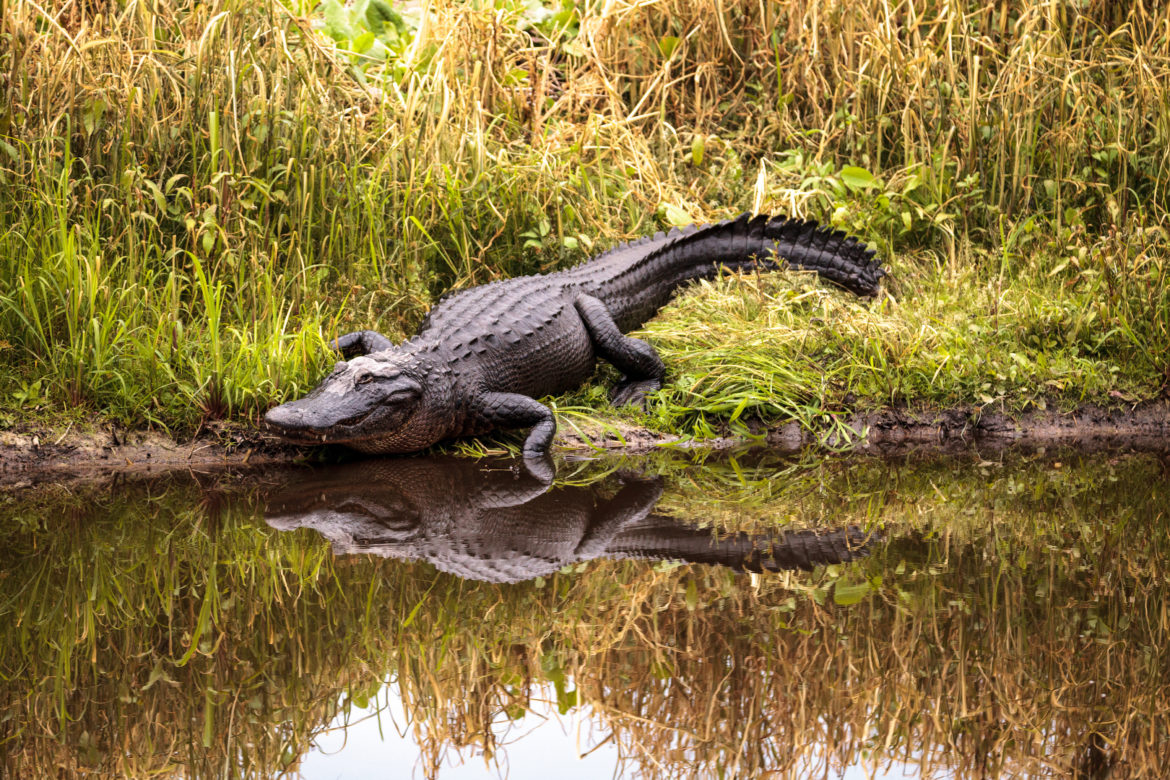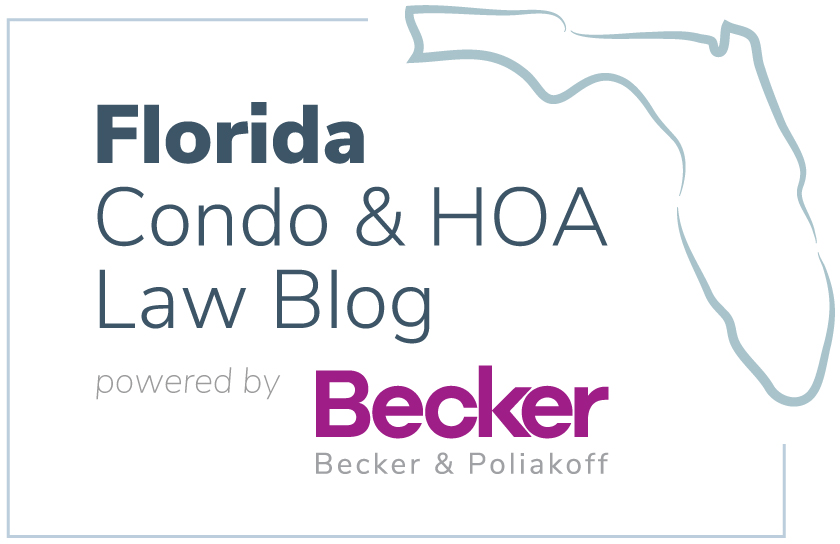
As Floridians, we are familiar with various types of wildlife surrounding our neighborhoods. As new communities develop and expand into natural habitats throughout the state, interactions between residents and wildlife are increasingly common. Most of the time, these interactions are unproblematic, but dangerous incidents can, and do, occur. The tragic alligator attack of the two-year old child at Disney World comes to mind, as well as the alligator attack of the University of Florida student. In a recent case, a mobile home park resident brought a wrongful death suit against the mobile home park after her husband was bit by fire ants while walking their dog in the park and died a couple of days later. This leads to the question; can the association be held responsible if someone is injured due to wildlife on the association property?
When it comes to wild animals in their natural habitat, generally, the property owner (or association in this case) does not have the obligation to warn or protect others from wild animal attacks, unless the animal has been captured, or the animal is not indigenous to the locality but has been introduced onto the premises. For example, in the case of the University of Florida student mentioned above, the court discussed that alligators are indigenous to Florida. The University, in this case, did not create the dangerous condition, but rather the alligators moved from their natural habitat of Paynes Prairie State Park to the adjoining recreational lake on campus.
However, where the association is aware or reasonably should have known of a particular wildlife issue or danger and makes no efforts to reduce the attractants to the community, a court may find the association liable in the event of injury. Associations in areas prone to wildlife visits may consider working with counsel to adopt certain rules and regulations to reduce attractants of wildlife, such as trash procedures that reduce the likelihood that wildlife wanders into the community looking for food.
The association may also consider erecting signs by entrances or areas where wildlife may be encountered, warning residents and visitors to avoid contact. Although year-round occupants may be familiar with their community’s wildlife, guests and temporary workers, such as contractors, may not. In the case of the fire ants mentioned above, the court took note of the due diligence of the mobile home park. For example, the court noted that the park had an exterminator spray insecticide every other month in order to kill ants and staff would treat visible ant mounds. The court ultimately concluded that the mobile home park was not liable because they did not bring the fire ants on the property, nor did they harbor, introduce, or reduce the fire ants to possession, but did take action treat manifestations of ants. The court examining the University of Florida incident focused on the number of signs posted by the recreational lake that warned visitors to avoid swimming and of the possible presence of alligators. The court concluded that the proximate cause of the injury was that the swimmer ignored clear warning signs. The court did not conclude that the University would have been negligent had there been no warning signs, however, this case shows that the Court took into account the due diligence of the University into its analysis.
Because each community is different, the association should consult with legal counsel to determine if certain precautions concerning wildlife are warranted for the community. Placing signs or including provisions in the association’s documents prohibiting feeding or interacting with wildlife may be prudent for associations seeing an uptick of wildlife entering or living near the property.






Recent Comments